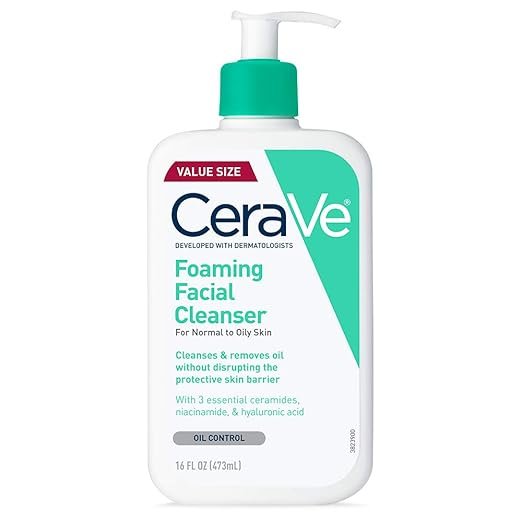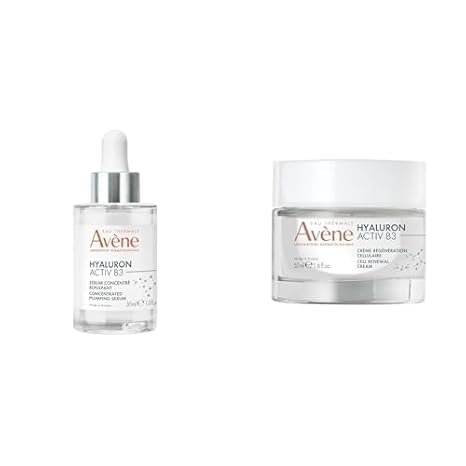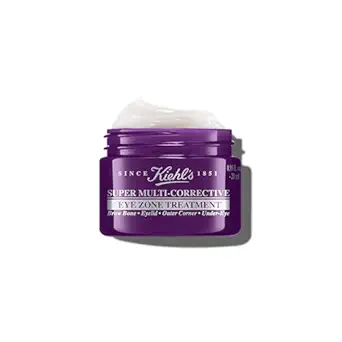Niacinamide and hyaluronic acid are everywhere in skincare—but what do they really do, and which one should you choose?
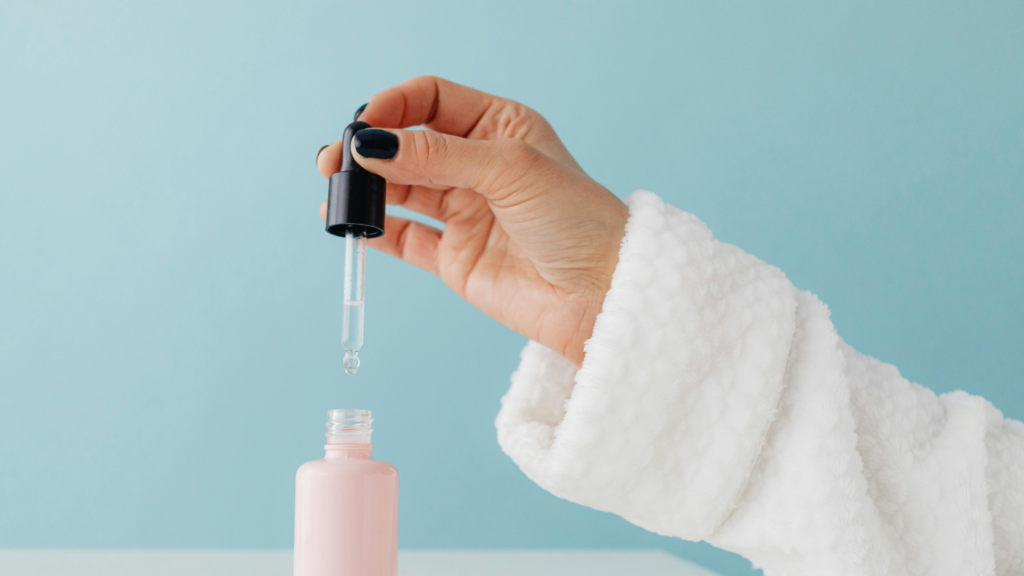
Hyaluronic Acid versus Niacinamide: What You Need to Know About These Skincare Heavyweights
In the constantly changing world of skincare, it can seem that there is a hot new trend when it comes to ingredients every time you scroll social media. However, when beauty marketing is stripped away, there are a handful of tried-and-true ingredients that have built their popularity on real results—and hyaluronic acid and niacinamide are two of the biggest trusted players in skincare.
Dermatologist-recommended and approved ingredients that can be found in virtually every type of skincare product: hydrating serums, facial moisturizers, daily sunscreen, and even haircare formulas too.
Hyaluronic acid is a naturally occurring substance in the body, and is one of our own skin’s components, a powerful humectant, which attracts and retains moisture, keeping skin hydrated. “It can bind up to 1,000 times its own weight in water, which is why it is a go-to ingredient for deep hydration and plumper, more elastic skin,” says Dr. Kristina Collins, a board-certified dermatologist out of Austin, Texas.
Alternatively, niacinamide, a derivative of vitamin B3, has numerous skin-enhancing benefits. With its calming, anti-inflammatory properties, niacinamide is effective for reducing redness, and irritation (especially from conditions like rosacea and those with acne-prone skin) boosting luminosity by fading hyperpigmentation, improving overall skin tone and texture, and it’s a multitasking ingredient for skin of all types.
While there is no denying that both ingredients are the dots, they serve different functions: hyaluronic acid keeps moisture intact, while niacinamide reduces inflammation, discoloration and repairs the skin barrier. A combination of both products could lead to healthy, balanced skin.
Everything You Need to Know About Hyaluronic Acid
Why Hyaluronic Acid Is the Best Hydrator for Your Skin
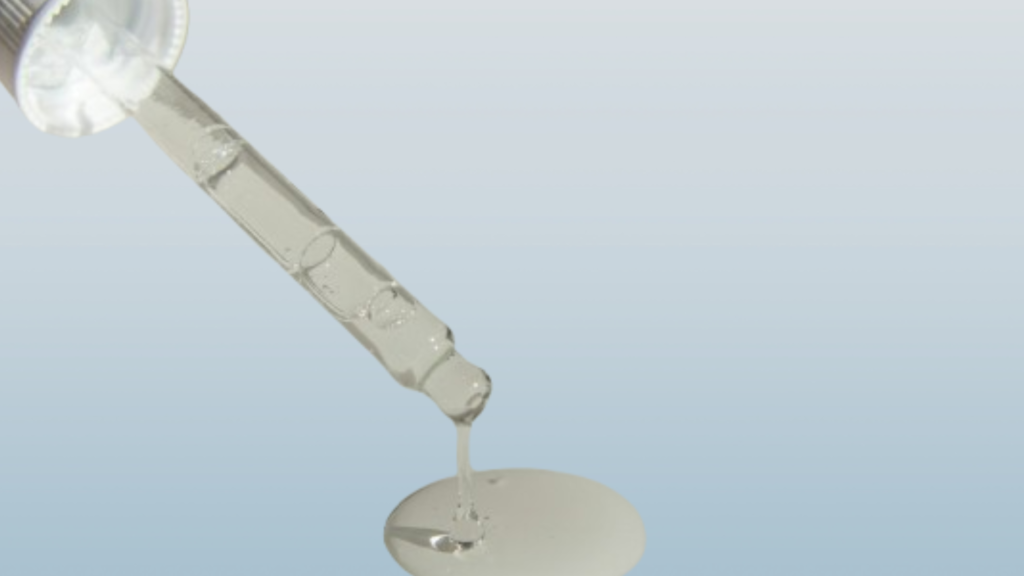
Hyaluronic acid, or sodium hyaluronate as it is often labeled, is known as the best source of moisture. What makes it so amazing? This ingredient can hold and attract up to 1,000 times its own weight in water and is one of the strongest hydration-booster ingredients available in modern skincare product.
“Hyaluronic acid is a naturally occurring humectant in our skin, joints, and connective tissue that draws moisture in, and holds that moisture into the skin”
When applied topically, hyaluronic acid pulls water from the surrounding areas (the air) or from the deeper layers of your skin and binds that water to your outer layer (the epidermis). This draws in moisture that plumps up the skin, while at the same time supporting a healthy hydrated glow. The end result is visibly softer skin that glows with health!
As we age, we’re in a gradual decline with our skin’s natural store of hydration-boosting ingredients—topical applications can assist us. Hyaluronic acid has emerged as a favorite ingredient in skincare, not solely due to its moisture-retaining capabilities but also its versatility. Effective in its gentleness and is effective with most skin types and basically goes well with all other ingredients; hyaluronic acid can provide lightweight hydration for dry patches, tired skin, or early signs of aging, without heavy creams or oils.
What are the benefits of hyaluronic acid
Why Hyaluronic Acid is Ideal for Daily Use
Hyaluronic acid is a gentle, non-irritating ingredient, making it appropriate for daily use. Dr. Collins says that hyaluronic acid is a great addition to your routine, and you can (and should!) use it daily. Regular use of hyaluronic acid leads to a variety of wonderful benefits:
Softening Fine Lines and Wrinkles
Many wrinkles, especially the fine, surface-level ones, are simply the result of dehydrated skin, according to cosmetic chemist Richard Parker, founder of RATIONALE. Hyaluronic acid reduces dryness because it provides deep moisture and long-lasting hydration to the outer layer of skin. When hyaluronic acid jumps back into your skin, it can help the skin look plumper, smoother, and more dewy. You can observe some differences in your appearance when introducing hyaluronic acid even just after that first application.
What Hyaluronic Acid Can – and Cannot – Do for Wrinkles
Hyaluronic acid is a powerful hydrator that can improve the look of lines created by dryness, but it is also important to have realistic expectations. Deeper, expression-based wrinkles, like those within the forehead, or around the mouth, are typically a result of muscle movement over time. These types of lines typically do not respond to topical hydration alone, and hyaluronic acid was never meant to address those types of fine lines.
Nonetheless, when used daily, hyaluronic acid is an exceptional ingredient to help you achieve hydrated skin while boosting your skincare routine in texture and glow.
Improved firmness and volume of Skin
This is where things get scientifically interesting – our bodies are made up of approximately 15 grams of hyaluronic acid, per studies published in the European Journal of Cell Biology. Hyaluronic acid is recognized as a hydration powerhouse. Hyaluronic acid is considered one of the best moisturizing ingredients available; cosmetic chemist Richard Parker notes that a single gram of hyaluronic acid can hold up to six liters of water. Because of its water-retentive capacity, hyaluronic acid can visibly plump the skin, creating an instantly firmer, smoother, and more youthful look.
May Promote Faster Wound Healing
Hyaluronic acid is not just a skin hydrator—it may also play a role in wound healing. Although it may seem surprising, studies suggest hyaluronic acid attracts moisture and important nutrients to the injury site. Dr. Mona Gohara, a dermatologist, says this hydration, in turn, may enhance the body’s natural.
These are the products that contain hyaluronic acid
Hyaluronic Acid in Skincare Products
Hyaluronic acid is now a piece of modern skincare and it is present everywhere from the high-end formulations to drugstore products. Hyaluronic acid is offered in a few different formats, but here’s where you’ll typically find it:
Serums: Serums often have the highest concentration of hyaluronic acid. When they are applied to slightly damp skin, serums help draw in moisture and enhance hydration levels. For optimal results, layer a moisturizer on top to hold in the dewy effect.
Moisturizers: Moisturizers with hyaluronic acid often provide hydration, in addition to barrier support, when they contain ingredients like ceramides or squalane. Similar to a serum, moisturizers can increase the skin’s moisture levels. However, they also provide barrier support to help prevent moisture loss, which can be especially helpful for any skin types that are reactive to humidity shifts.
Sheet masks: Sheet masks have the most direct intent of providing hydration quickly and easily. When infused with hyaluronic acid, these masks can literally help revive dehydrated and tired skin immediately and often have a cooling or refreshing sensation as well. Sheet masks can provide a great boost of hydration right after you cleanse and tone your skin, creating an ideal platform for makeup, or just creating a refreshed look and glow, any time of day.
Lip Care: Hyaluronic acid in lip balms, glosses, and treatments gives lips an immediate pumped-up appearance, as moisture is drawn into the lips to create a softer look. This is especially advantageous for preventing dry lips and achieving that smooth feeling, even after wearing lip products all day.
Eye Creams :The gentle treatment of the skin around the eye area benefits from targeted hydration– eye creams with hyaluronic acid, along with a few other eye creams that work wonders, will treat puffiness and fine lines (due to water loss) by delivering hydrating ingredients where they are most needed; think of it as an eye cream “wake up call.”
While these are the most common forms, hyaluronic acid comes in many different products, including cleansers, primers, sunscreens, foundations, and setting sprays. You may also occasionally find it included in certain hair care formulation.
what’s niacinamide?
Dr. Jennifer MacGregor, a board-certified dermatologist from Union Square Laser Dermatology in New York City, explains niacinamide, also known as nicotinamide. Vitamin B3 aids the body in handling metabolism, helps the liver detoxify, and lowers bad cholesterol levels, she reports.
Niacinamide is an effective anti-inflammatory when used in topical applications. It effectively reduces the redness and inflammation of irritated skin and improves overall complexions. Similar to hyaluronic acid, niacinamide has a unique versatility with it being suitable for a wide range of skin types, including dry, oily, break-out prone, and even sensitive skin.
What are the benefits of niacinamide?
Niacinamide may not be the celebrity ingredient like some of those new buzz ingredient skincare ingredients, but it deserves a shoutout for its gentleness, proven efficacy, and versatility. If you use it consistently, you can expect your skin to improve in many ways:
Soothing and calming inflamed skin
Anyone with sensitive skin, unwanted acne flare-ups or rosacea will benefit from niacinamide’s calming, soothing effect on the skin, which helps reduce inflammation. It can also calm redness and reduce the pain and irritation of skin layers that are itching and uncomfortable, Dr. MacGregor expands. This compelling and impressive benefit is one of the reasons niacinamide is so popular in skincare.
Strengthening Skin Barrier
Niacinamide promotes both repair and strengthening of your skin’s natural barrier. This barrier is vital in keeping moisture in while still protecting the skin from irritants and bacteria. Each function, when supported, keeps the skin hydrated looking, with less dryness and fine lines; this leaves a healthier looking skin, with more luminosity.
Effulgent and Even Skin Tone
If achieving a bright, luminous complexion is your goal, niacinamide should be your best friend. This ingredient works effectively behind the scenes to lighten dark spots caused by sun exposure, acne scars, and lingering redness.
Great products with hyaluronic acid and niacinamide
The first step before any skincare regimen is cleansing. Use this highly rated formula, which contains niacinamide and hyaluronic acid, for excellent results.! This bubbly, moisturizing cleanser will transform into a rich, luxurious foam that cleans deeply without stripping your skin’s essential moisture.
If you love intensely hydrating creams but despise a greasy or sticky sensation, this formula is for you. This product provides hydration and calming care with 6% niacinamide and dual weight hyaluronic acid. This formula is clinically proven to firm and smooth the skin visibly and in 30 days.

